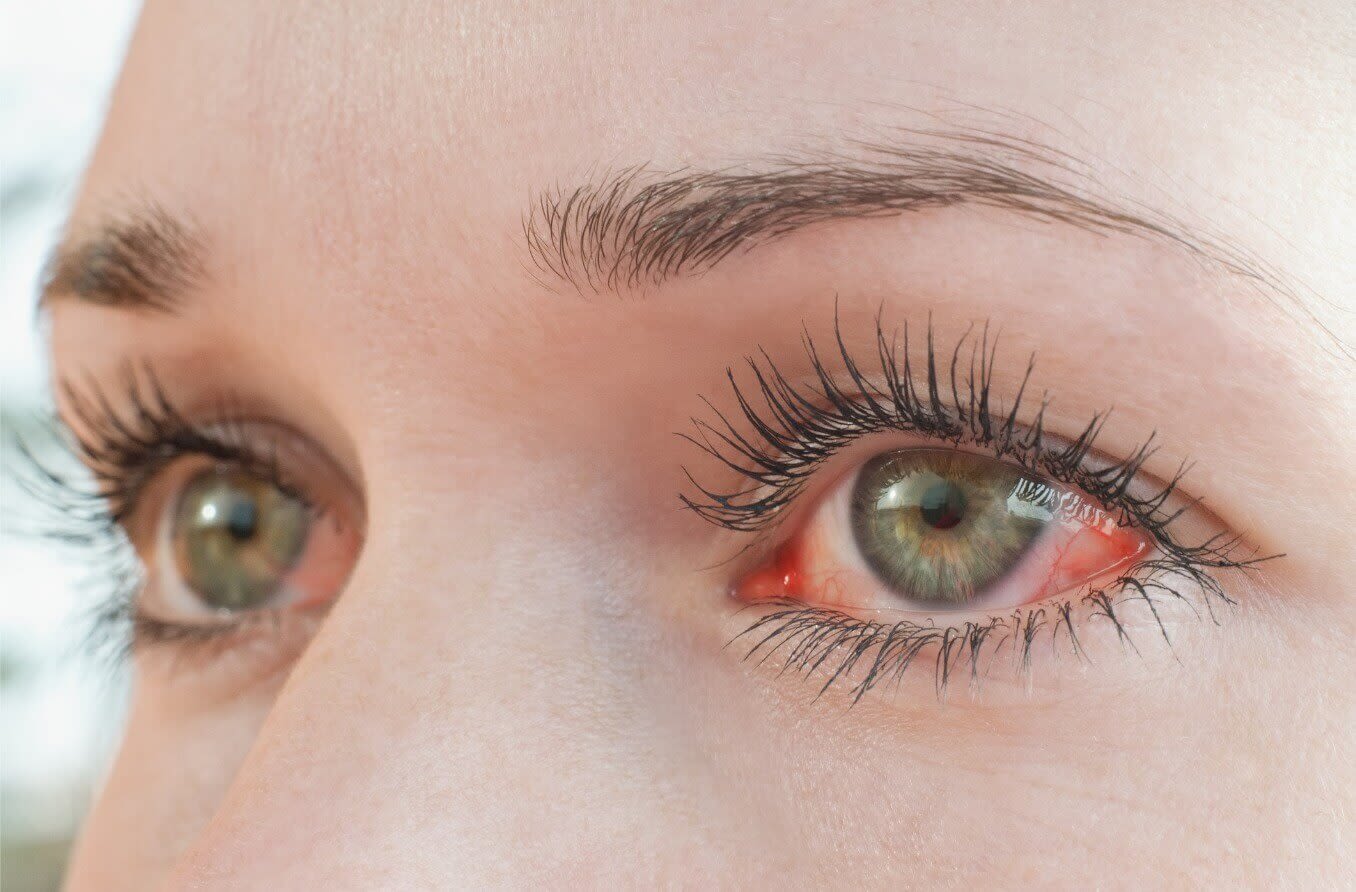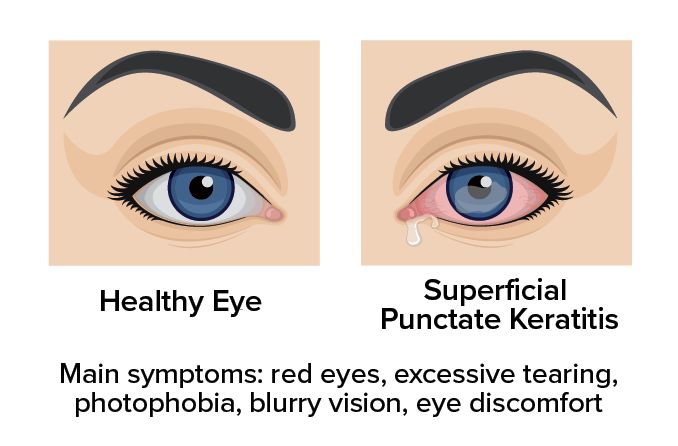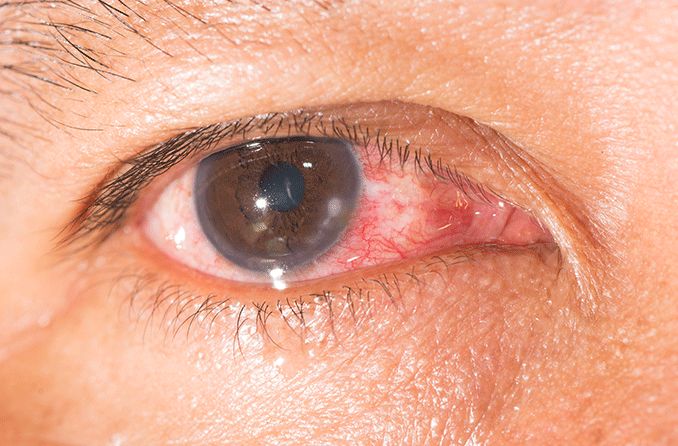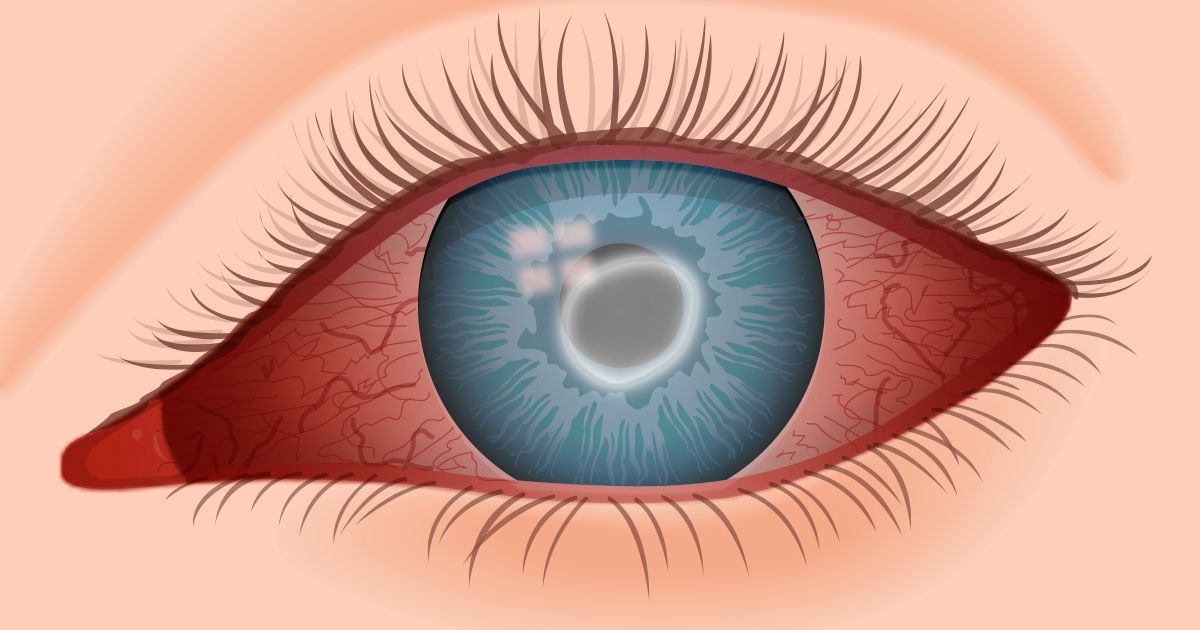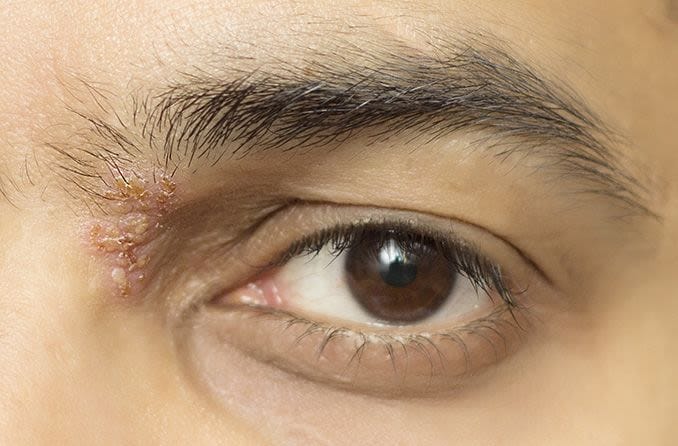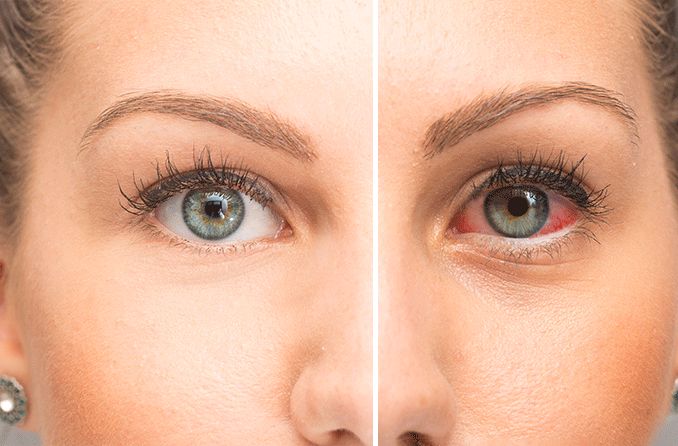Can your eyes get sunburned?
Your skin isn't the only part of your body that can get sun damage; your eyes can get sunburned too. It can cause pain, redness, and, in some cases, temporary vision loss. An eye sunburn can be very uncomfortable, but it usually goes away on its own.
The medical name for a sunburned eye is photokeratitis.
It happens when ultraviolet (UV) rays damage the clear part of your eye called the cornea. They can also damage the thin layer that covers the whites of your eyes and the insides of your eyelids known as the conjunctiva.
These harmful rays can come from the sun or a human-made source.
Causes of sunburned eyes
Sunlight is filled with UV radiation. Although you can't see it, overexposure to ultraviolet light can lead to sunburn on the skin and eyes.
Some UV exposure is good for you, but too much of it can damage cells in your eyes. That exposes tiny nerves and causes pain and other symptoms.
Your eyes are at risk of being sunburned during the summer, but winter can be even riskier. That's when UV rays hit bright white snow or ice and reflect back onto your eyes.
Many people call this type of eye sunburn snow blindness. It's more common at high altitudes because the atmosphere is thinner and doesn't absorb as much UV radiation.
UV rays can also reflect off of:
- Water
- Ice
- Sand
- Cement
Some human-made devices can also cause a sunburn on your eyes. These UV rays can come from:
- Welding tools
- Tanning beds
- Sun lamps
- UV lamps designed to kill germs
- Damaged halogen or metal-halide light bulbs
Symptoms of sunburned eyes
The symptoms of sunburned eyes typically don't begin right away. They usually start 30 minutes to 12 hours after your eyes are exposed to too much UV light.
Eye sunburn symptoms can include:
- Pain in both eyes
- Red eyes
- Decreased vision
- Watery eyes
- Grainy sensation
- Swollen eyelids
- Sensitivity to light
- Redness on your eyelids or other parts of your face
- Headache
- Color vision changes (rare)
- Temporary vision loss (rare)
Longer UV exposure causes more severe symptoms. See an eye doctor if you have severe pain, very red eyes or vision changes.
READ MORE: 4 more ways the sun can damage your eyes
How to treat sunburned eyes
Eye sunburns usually heal on their own. Your eyes should start to feel better within one to three days of the UV exposure.
A few simple measures can help your eyes feel more comfortable while they heal. They can help treat swollen, sunburned eyelids too.
- Take out your contacts as soon as possible.
- Close your eyes and place a cold, damp washcloth over them.
- Use over-the-counter eye drops called artificial tears.
- Don't rub your eyes.
Your eye doctor may recommend taking pain medicine if you're in a lot of pain. They could also prescribe antibiotic ointment or eye drops to prevent an infection.
Remember to talk to your doctor before you start any new medications. If you usually wear contacts, wait a few days until the cornea is healed before putting them in again.
Risks
Researchers don't know if photokeratitis leads to any long-term effects. But too much UV exposure can damage your eyes in other ways.
Over time, it can increase your risk of developing:
- Pterygium – A wedge-shaped growth that starts in the corner of your eye.
- Pinguecula – A yellowish spot or growth on your eye.
- Cataracts – Clouding of your eye's lens that can cause vision problems.
- Conjunctival melanoma – A rare, cancerous growth on your eyeball or inner eyelid.
Prevention
You can prevent sun damage to your eyes by taking steps to block UV radiation:
- Wear sunglasses with 100% UV protection.
- Wear a hat or visor to shade your eyes.
- Stay in the shade as much as you can.
- Avoid too much sun exposure when the UV index is high (usually between 10 a.m. and 4 p.m.).
UV rays can pass through clouds, so remember to protect your eyes even when it's cloudy outside.
Always buy sunglasses that offer 100% UV protection from a store or brand you trust. That way, you'll feel confident the lenses are truly protecting your eyes.
Make sure the glasses say one of the following:
- 100% UV protection
- 100% UV400 protection
- Blocks 100% of UV-A and UV-B rays
Wraparound sunglasses offer the best protection from the sun. They block UV rays on the sides of the lens, too.
Sun damage inside your eye
"Eye sunburn" is usually just another name for photokeratitis . But sunlight can also damage the inside of your eyes.
This condition is called solar retinopathy . It's usually more serious because it can last a long time. Sometimes, the damage is permanent.
Solar retinopathy is why it's so dangerous to look directly at the sun, even during a solar eclipse.
The sun's powerful light damages a sensitive layer of cells inside your eye called the retina. A healthy retina is one of the most important parts of the vision process.
Solar retinopathy can cause symptoms like:
- Blurry vision
- A blind spot in or near the center of your vision, in one or both eyes
- Decreased color vision
- Objects look wavy or curved
- Objects look smaller than they actually are
- A headache
The blurry vision usually improves within one to six months after exposure, but some vision changes may be permanent.
There's no treatment for solar retinopathy. Preventing it is the most important thing you can do.
When to seek medical help
See an eye doctor any time you notice changes in your eyes or vision. If you've already been diagnosed with sunburned eyes, tell your doctor if your pain gets worse or you develop new symptoms.
Other eye conditions can cause similar symptoms, too. They include:
- Pink eye
- Dry eye
- Something stuck in your eye
- Wearing your contact lenses too much
- Exposure to certain chemicals
- A reaction to topical medicine (medicine used directly on your eyes or skin)
Your eye doctor can rule out these or other problems and help improve your symptoms.
READ NEXT: How are polarized and non-polarized sunglasses different?


